Curator Pia Remmers from Haus am Waldsee on the history and reimagining of a unique place.
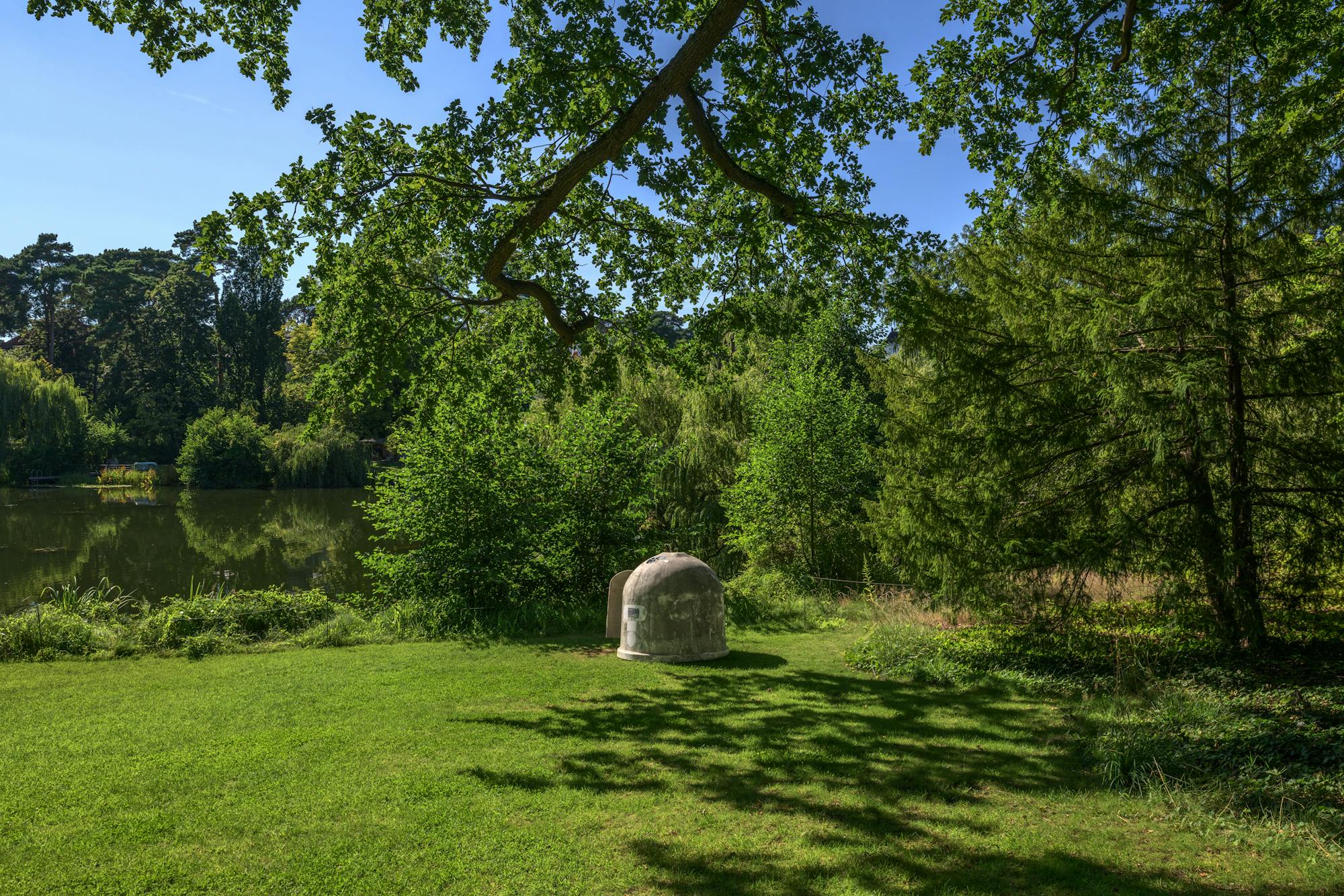
"We invite artists to immerse themselves in the unique environment of the institution."
Kemmler Foundation: As a place, Haus am Waldsee has a long and history, intricately linked to German history.
Pia Remmers: Built in 1922 as Haus Knobloch, it was originally a private villa for a Jewish textile merchant’s family of the same name. Located in Zehlendorf, a leafy neighborhood in Berlin known for its quiet streets and proximity to nature, the villa was part of a broader real estate development catering to affluent clients, offering expansive plots and picturesque lake views—though it’s worth noting that the Waldsee itself is a man-made lake, which was created to drain the surrounding marshland for construction. Until today, the Haus am Waldsee remains the only public access to the water.
When the Knobloch family faced financial difficulties, they sold the house in the late 1920s. In 1936, they left Germany entirely, fleeing the escalating persecution under the Nazi regime. During the 1930s and 40s, the house came into the possession of two successive owners with significant ties to the Nazi apparatus. The first held key positions in the Reichsbahn and the arms industry, while the second was the Reichsfilmkammer (Reich Film Chamber), a branch of Goebbels’ Ministry of Propaganda. This period can be seen as the building’s first entanglement with cultural production—albeit under the shadow of fascist ideology. By the end of World War II, the house was abandoned. Its last resident, Karl Melzer, vice president of the Reichsfilmkammer, had fled as Allied forces advanced.
What happened next?
In an extraordinary turn of events, a group of culturally engaged neighbors, with the permission of the Russian allies, organized a concert by the Berlin Symphony Orchestra on the premises in August 1945—just three months after the war’s end. During the Cold War, the building fell under American administration, which strongly promoted liberal culture especially in opposition to socialism in the neighboring GDR. However, since its founding as the first institution for contemporary art in Berlin in 1946, Haus am Waldsee developed an international profile, early on championing female avant-garde artists and those silenced during the Nazi era.
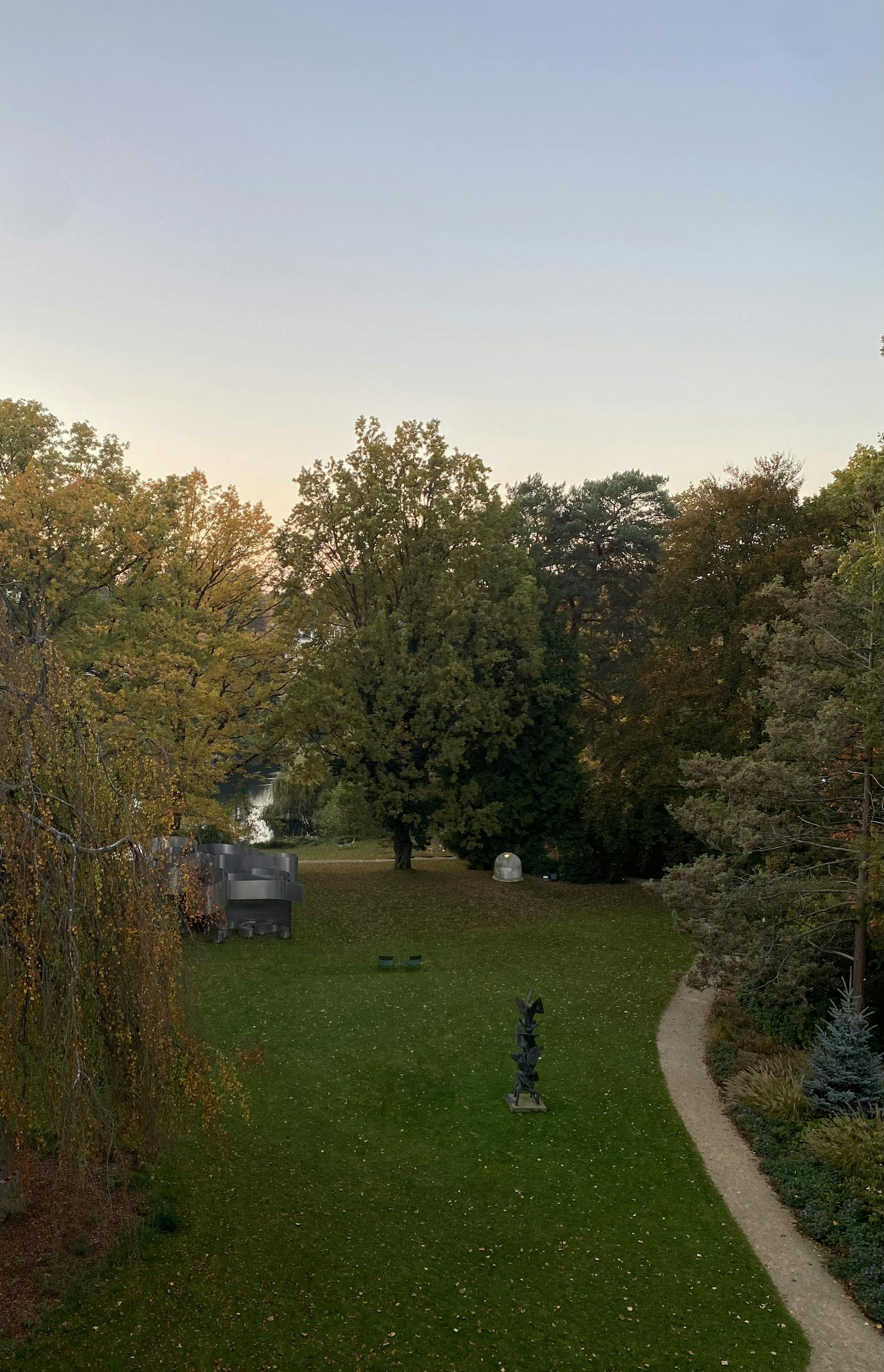
What is Haus am Waldsee in this present moment?
Anna Gritz became the director in 2022, bringing in a new curatorial team and vision. We invite artists to immerse themselves in the unique environment of the institution—its architecture, history, and the English landscape garden, which became a heritage site in 2019. While Haus am Waldsee is cherished as a serene retreat by locals and tourists alike, our programming seeks to continually challenge its idyllic appearance.
The Sommerfest has proven to be an especially popular new format.
We wanted to create a day to give back to our audiences—a celebration open to everyone: neighbors, Berliners, tourists, and people of all ages. The Sommerfest is free of charge, with programming designed to offer something for everyone. Our garden, despite all its implications, has its natural charm, and is the perfect summer venue for music, food, workshops, readings, and performances. These activities are curated to create space for reflecting on the historical, social, and environmental themes that shape our institution, whether overtly or in more nuanced ways.
Sounds rather utopian...
It's incredibly rewarding to see young and old, the local community, and the broader art world coming together. I also enjoy the different moods throughout the day: from the energy of kids’ workshops to the quiet focus of reading sessions and the haunting beauty of performances and concerts as the sun sets.
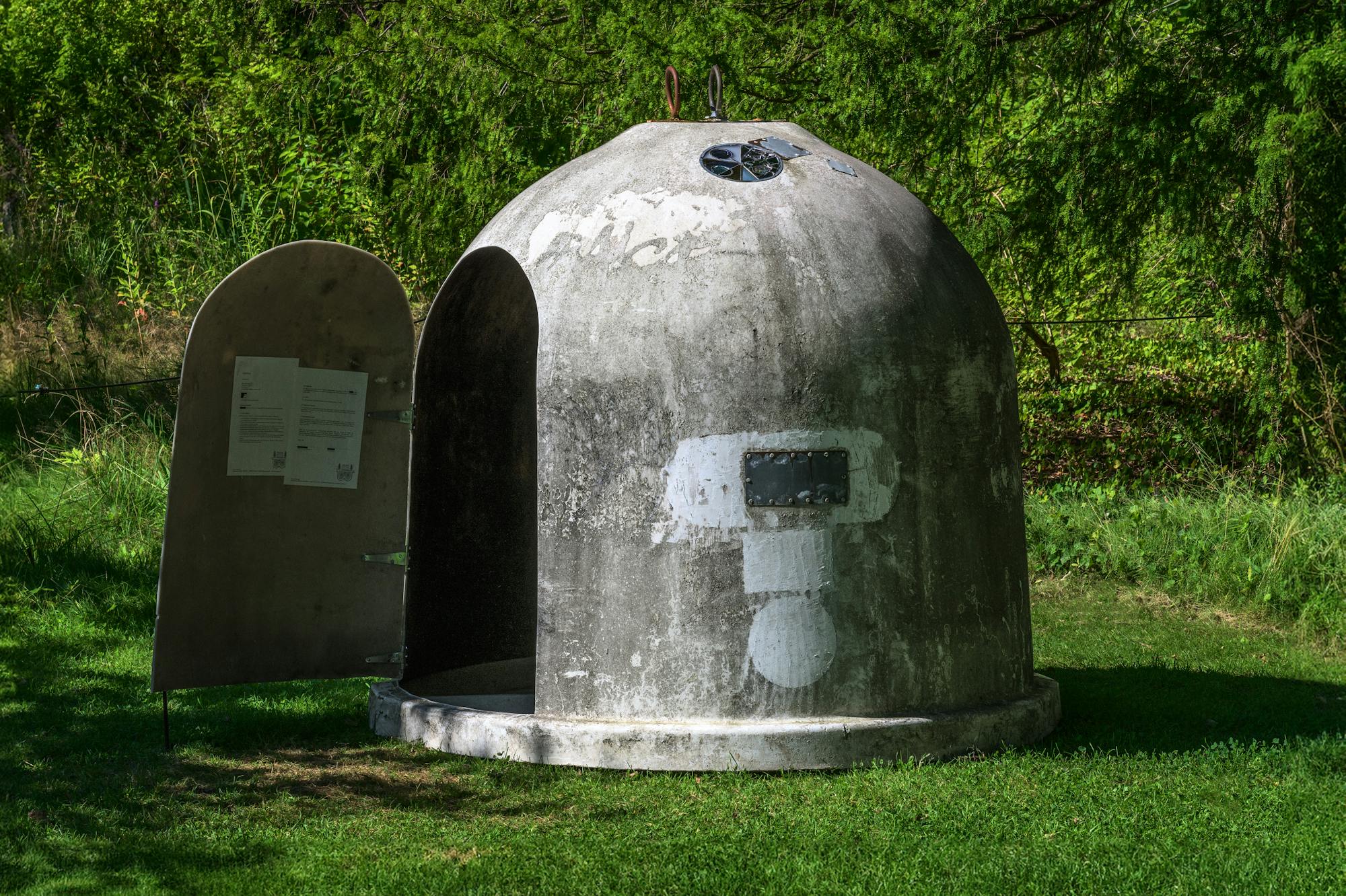
Kemmler Foundation partially funded a work for the 2024 Sommerfest, Nicholas Riepshoff's "Eremitage". What make's Riepshoff's work special?
Niclas Riepshoff has a way of weaving cultural history with meticulous research, humor, and artistry. I've admired his work for some time, so when I invited him to contribute to the Sommerfest, it was a pleasant surprise to learn that he had already been exploring the peculiar history of English landscape gardens, particularly the figure of the ornamental hermit.
What is an ornamental hermit?
Ornamental hermits, or Schmuckeremiten, were an odd 18th-century trend among English aristocrats, who hired reclusive individuals to live in their gardens as “living ornaments.” These hermits adhered to strict rules, often avoiding haircuts, nail trims, and social contact, while occasionally entertaining their employers or guests. Niclas saw parallels between this eccentric historical phenomenon and the conditions faced by many contemporary artists—residencies, precarious financial dependency, and the intersection of performance and solitude, as well as to questions about the relationship between man, nature, class, gender, and queerness.
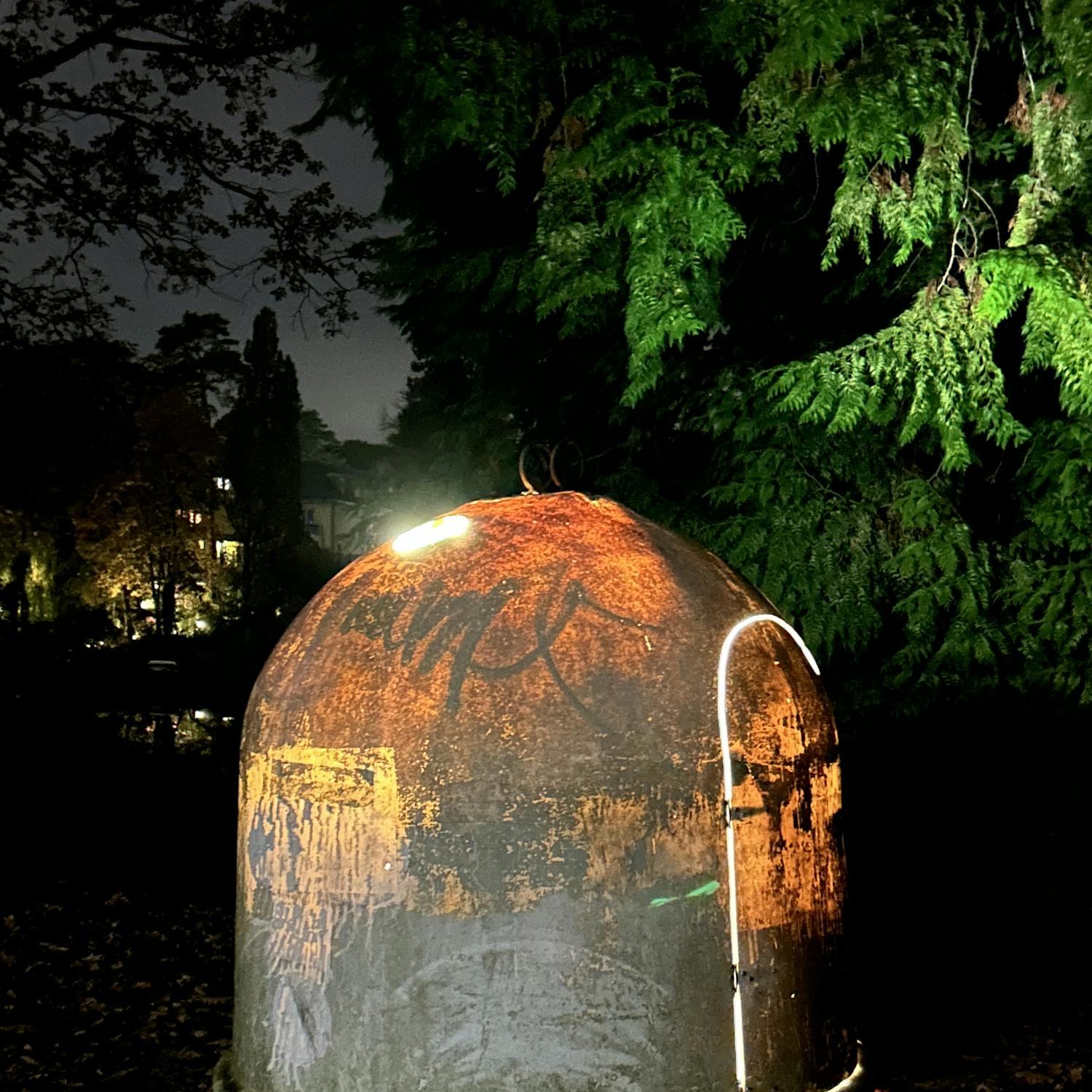
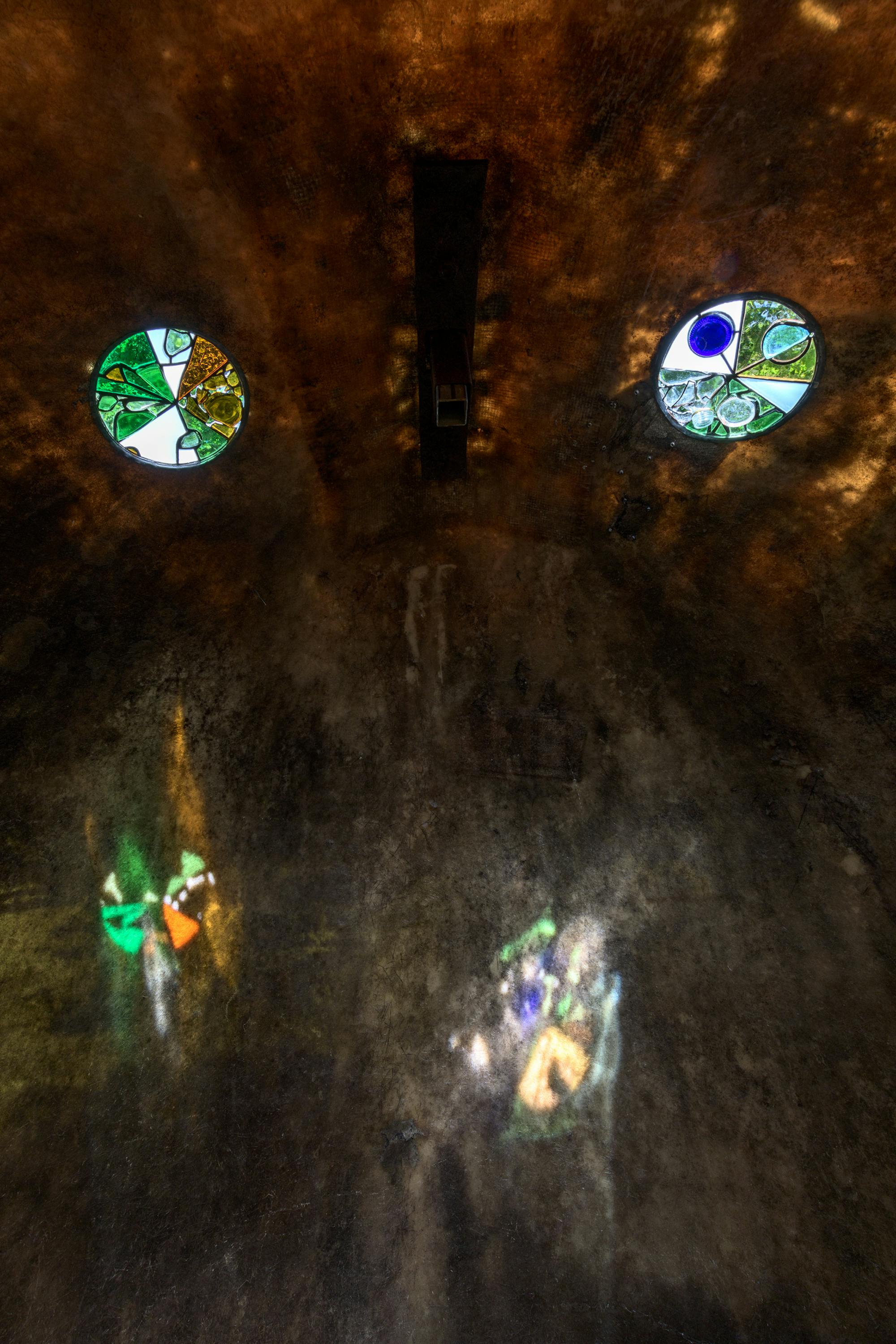
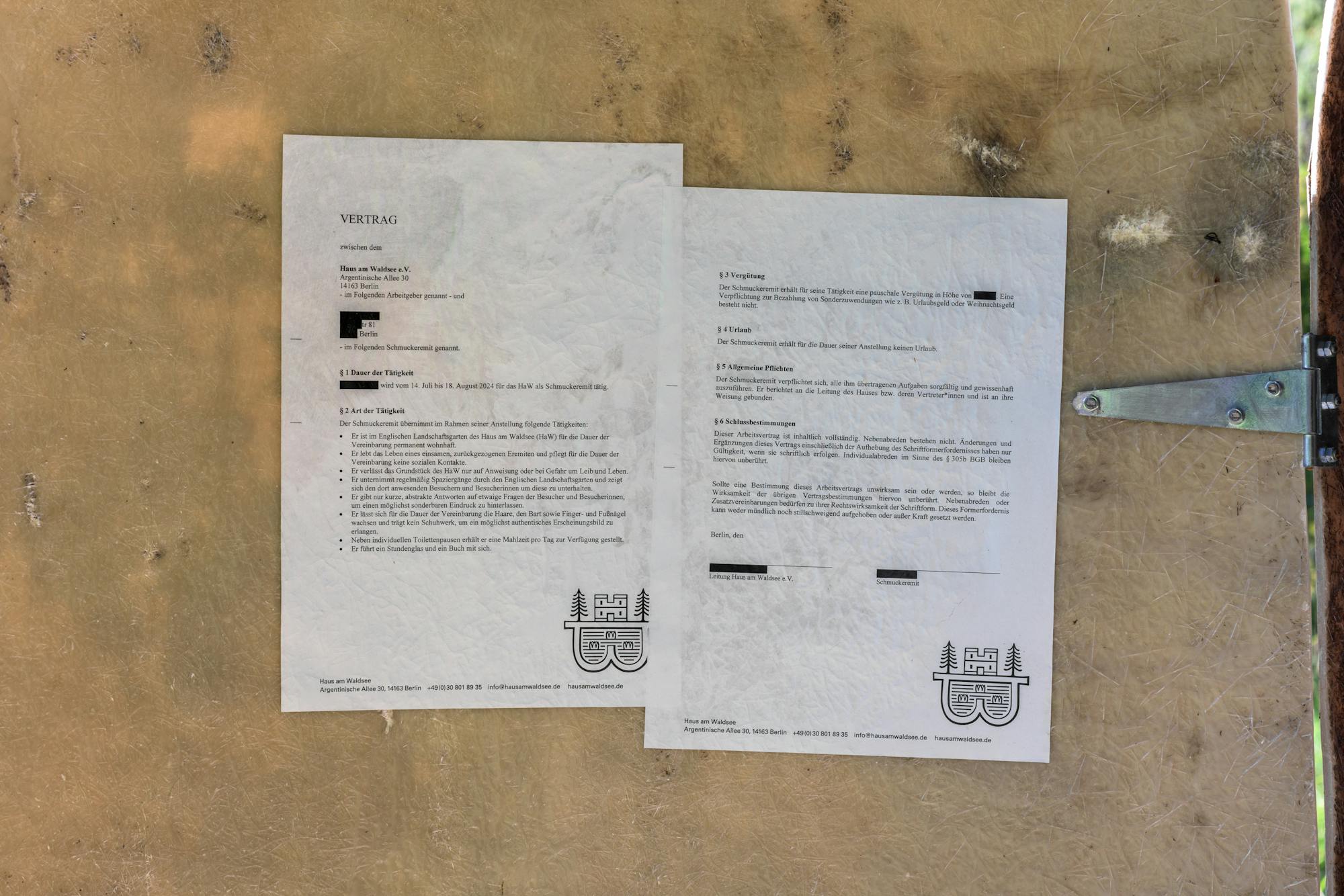
"When sunlight filters through, it casts iridescent patterns on the interior."
How did Riepshoff bring this figure alive?
For the Sommerfest, Niclas created a hermitage-inspired sculpture: an old Berlin bottle barrel transformed with stained-glass windows made from recycled glass, reminiscent of church windows. When sunlight filters through, it casts iridescent patterns on the interior. Inside, an hourglass made of repurposed glass bottles evokes the passage of time. The installation also included a fictional employment contract between the "ornamental hermit" and Haus am Waldsee, listing whimsical rules for the position. During the Sommerfest, the sculpture came alive with a performer embodying the hermit, reading, reflecting, and interacting with the space. Now, as autumn settles in, the hermitage has been moved closer to the house, and its glowing stained-glass windows lend a warm, mysterious presence to the garden at night. It leaves you wondering: is someone inside, lost in thought by candlelight.
Looking on, what is happening in 2025 at Haus am Waldsee?
We’re preparing for a solo exhibition of the late painter Ull Hohn, opening January 30. Alongside the exhibition, we’ll host an extensive public program of talks and readings, which I’m particularly excited about. Next summer, we’ll present a show by Berlin-based artist Nina Könnemann, followed by the first German institutional solo exhibition of the African American artist Beverly Buchanan. We’re also planning a Summer School that will explore the history of Haus am Waldsee in greater depth, an event for Berlin Art Week, and, of course, our next Sommerfest on July 20, 2025.
Kemmler Foundation provided support for Niclas Riepshoff's work Hermitage for the 2024 Sommerfest at Haus am Waldsee, Berlin.